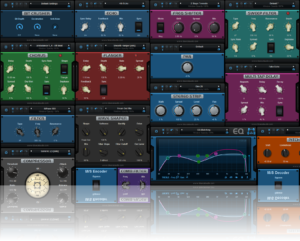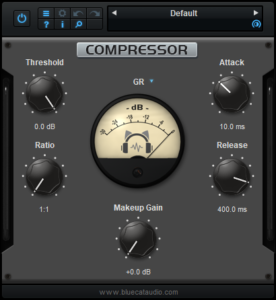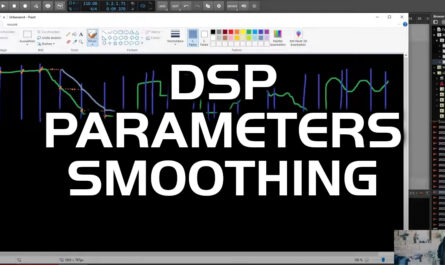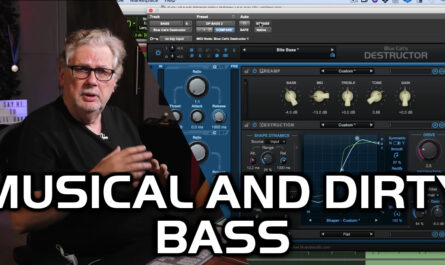We live in a world with many guitarists, tons of tools and a lot of options to record our beloved guitars. Yet I feel we spend more time practicing than tweaking our sounds, while the tone is actually as important as the notes we play. Let’s take the example of guitar icon Jimi Hendrix. He spent literally nights in between gigs tweaking sounds with his recording engineer, and his tone was legend!
For sure tone is subjective, and it depends also on how you play, but there are a few tricks that can help you to get the best out of your guitar using today’s DAW based recording software.
Here are my top 8 points which I hope can help you to achieve a better tone :
Tip 1: Tune your guitar

Before you record a single note, change the strings and tune your guitar! A lot of errors start when people record with an out of tune guitar, take the needed time to adjust intonation & action and tune your instrument before every and even in between takes. There’s nothing more frustrating than a great take with an out of tune guitar or buzzing frets.
Tip 2: Use a good pre-amp with the correct buffered signal

Many sound cards are available with dedicated guitar pre-amps today, so that shouldn’t be of a big issue anymore, but if you don’t have a dedicated guitar input, tools like the Radial Pro 48 active direct box + a dedicated pre-amp can help buffer your signal correctly and give you a better tone.
Tip 3: Adjust the input level of your sound card
![]()
Play the hardest you can and tune the signal so it still stays below 0 dB at the input of the audio interface.
Now do the same for your DAW and guitar plugins so you don’t add unwanted clipping.
Tip 4: Use a good dedicated guitar plugin

For practical reasons, use dedicated guitar plugins like Destructor, Axiom, FreeAmp to name a few.
Tip 5: Be careful with that drive knob

Depending on the style you play, ask yourself how much gain/drive you really need, again this is subjective but here’s what I do when recording guitar sounds:
- CLEAN TONE: One of my reference clean tones has always been Mark Knopfler’s “Sultans of swing” tone, but for some reason this isn’t the most easy to do with software plugins, much harder than with real amps. What’s important is to set a higher volume on your tack and adequate compression in your DAW so that you don’t need to hit the strings too hard to hear the notes. Remember, even a clean tone never really is 100% clean, so no worries if you use a little drive, as long as you pay attention not to hit the strings too hard when recording. Here’s a demo of a clean tone with Destructor.
- DRIVE: a nice warm drive tone is really super to play soulful lines, I like to start with a Marschall JTM model and use just a touch of drive. On the EQ side, tame those high frequencies a little bit and boost the mids for more definition: this really helps to get a warm tone.
- LEAD: when you’re recording a solo, then you really need to pay attention to your EQ. In most cases it will need more mids so it cuts through the entire mix better: this is especially the case if you need feedback from your guitar and long sustaining notes, avoid using too much drive which will only make your notes sounds mud. Here’s an example of a smooth lead tone using Destructor in Patchwork with moderate drive.
- METAL: when people think of a metal guitar tone they often tend to think tons of gain and drive, which is wrong, it’s more about the right EQ: you can have a fantastic metal sound with a rather low drive – btw the higher the gain, the less precise your notes will sound and the more noise you’ll add to the signal, so again be careful here. If you need great clarity and precise notes, better tune down that gain or drive knob. There’s a good Metal pack for Axiom and Destructor here that can help you start with this and here are some audio examples with these presets.
Tip 6: Practice, practice, practice!

This is not so much about tone, but before you record and to avoid frustration during the recording process, practice your parts so you don’t waste time doing multiple takes. In the end the quality of your recordings will also benefit from this.
Tip 7: Experiment with effects

Once you’re happy with the parts you play, try to experiment some precious time with effects, sometimes a single note can become huge when you use the right effect with it. A few good examples of guitarists who used effects in a very creative way are Jimmi Page, Steve Vai, Adrian Belew: without the right effects, some of their songs wouldn’t have the same impact and flair. With Axiom, you have tons of options inside the box, so be sure to check them out.
Tip 8: Finishing touches
Fine tune your track even further with some additional EQ and use some compression or limiter on your track, this will allow you to boost the volume without making the track clip.






Thanks for sharing this informative guide. Helpful and easy to remember the tips. Thanks again,